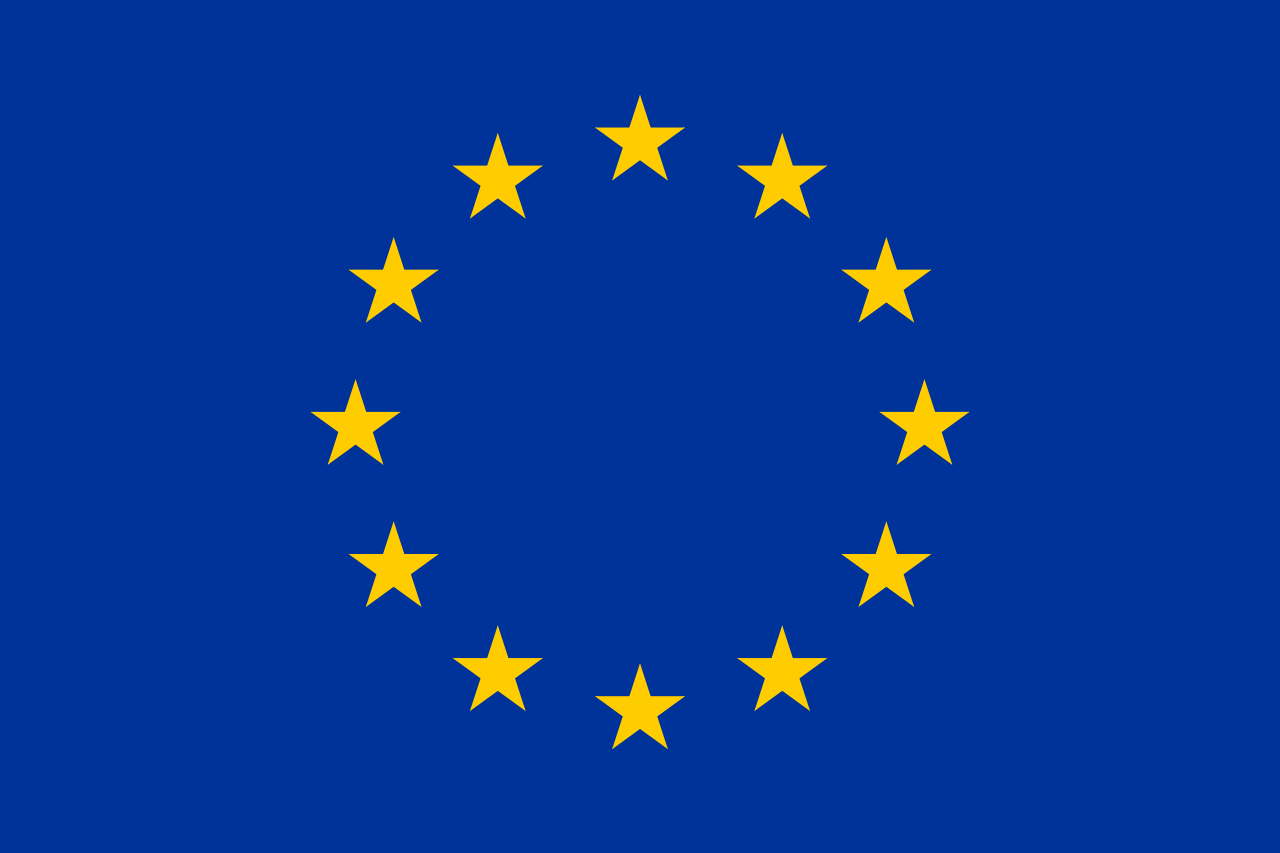In the framework of the collaborative platform COPLASIMON and the Serendi-PV project, it has been created a platform that analyses how to grant a better integration of PV in the grid sharing through DEMOs, regulatory framework analyses and data sharing.
If you want to collaborate with us on the topic or ask question please write us in the COPLASIMON forum.
DSO Flexibility platform
This platform is a result of the collaboration within partners of the SerendiPV projects which have worked to demonstrate how to solve the current grid challenges.
Within the project an interaction has taken place with two local DSOs through interviews to be acquainted with the actual challenges of local realities.
One of the current challenges is indeed to manage the congestion on the (local) grid lines, which could be done using four main operations:
· Increasing the self-consumption allows to reduce the grid injections on the line. This could be done by adapting the consumption profiles of the single households, small-size industries and commerce or, otherwise, by creating renewable energy communities to share the exceeding energy locally.
A DEMO version of the software tool Consolectiv, developed by LuciSun and allowing to simulate the self-consumption, has been made available at the following webpage https://consolectiv.brussels/.
· The energy storage helps in minimizing the amount of energy circulating in the grid and mitigating the congestions. The exceeding energy can be also used to generate the flexibility. Some datasets have been made available within the platform provided by INGEteam.
· Another challenge is for the legislators to create a clear legal framework to grant the participation of solar in the flexibility, which is not currently the case.
The flexibility platforms, allowing to move electrical charges in real time simulating a virtual power plant and the grid system. However, there is a strong challenge linked to the legislation behind the flexibility services. That is why NKW and LuciSun have collaborated to showcase the current regulatory framework in Europe related to flexibility services.
· The solar production can be also curtailed to relief the grid. This procedure can be optimised to focus as much as possible the curtailment in specific sub-sectors of the grid.
The collaborative platform showcases the developments on PV and grid simulation, real-time data and also showcase how to activate the balancing power at least cost when it is needed. The platform collects TSO/DSO network data from the DSO demo sites and receives potential positive and negative flexibility offerings from the decentralized PV Systems.
The different sections of the report will briefly explain the data provided and the data structure. For more information, additional resources are available with more detailed explainations.
A PowerBI file is made available for consulting the information and can be found below.


